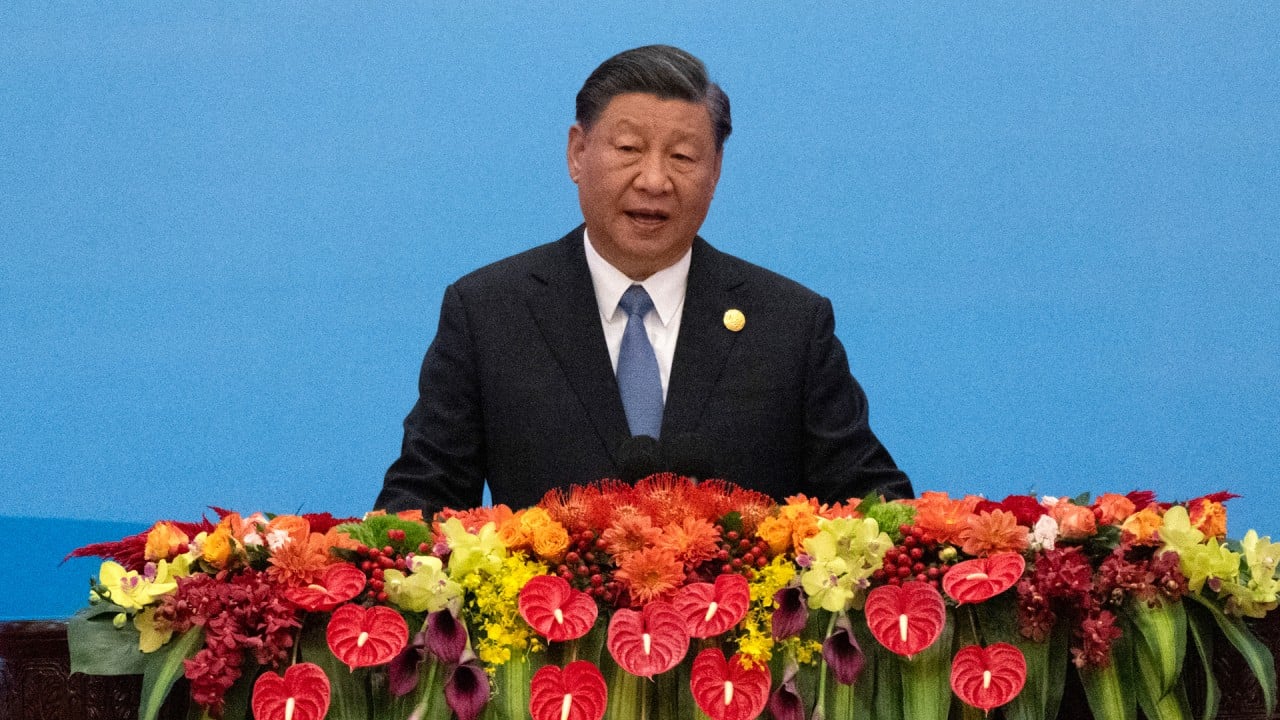Opinion | Vietnam rethinks scepticism of China’s Belt and Road Initiative as Laos, Cambodia reap benefits
- Vietnam’s access to financing by Japan and South Korea, as well as public distrust in China, are factors why it does not host any flagship projects
- But as Chinese-backed investments transform the geoeconomic landscape of Laos and Cambodia, it is reviewing its position

According to Lowy Institute data, Chinese investments in Laos and Cambodia surpassed those in Vietnam in several sectors – energy; water and sanitation; communications; industry; construction and mining; and transport and storage – in terms of the number of projects and disbursed finances between 2015 and 2021. Chinese-funded infrastructure projects in Vietnam were mostly coal-fired power plants, railway system improvements and a metro line in Hanoi.
Past controversies with Chinese-funded projects – such as the Cat Linh-Ha Dong metro line, the Thai Nguyen steel plant and bauxite mining in the Central Highlands – have contributed to scepticism about the Belt and Road Initiative, even though many of these problems originated from governance challenges within Vietnam itself.
This scepticism is underpinned by a prevailing lack of trust in China among the Vietnamese, despite the former’s proven engineering prowess. According to the ISEAS – Yusof Ishak Institute’s 2019 State of Southeast Asia survey, Vietnamese respondents displayed the highest level of distrust in the Belt and Road Initiative among Asean member states.
A case in point was the cancellation of international bidding for the North-South Expressway project in 2019. The decision was ostensibly made on national security and defence grounds, but it was arguably due to the overwhelming dominance of Chinese firms in the initial bidding process.

